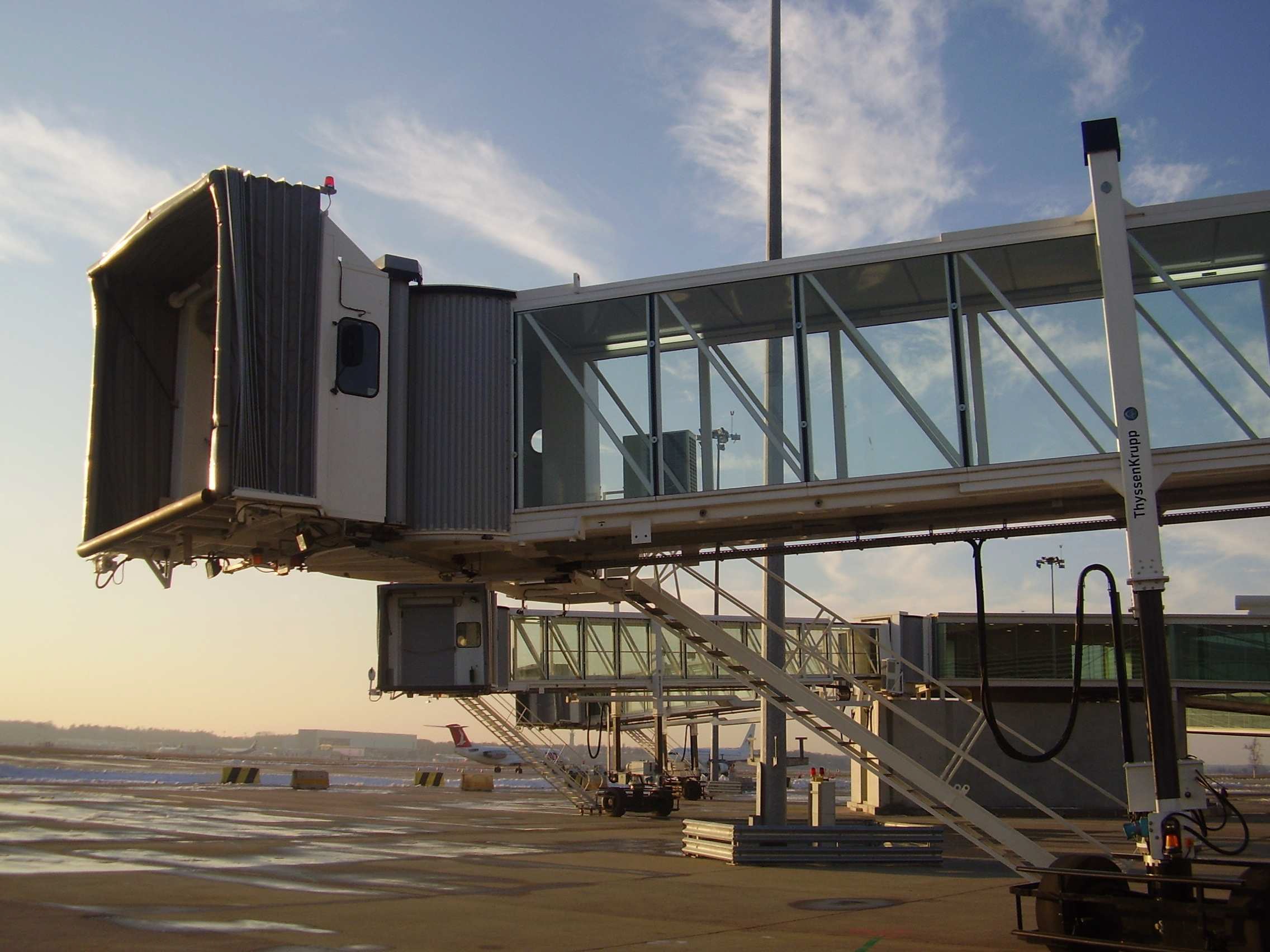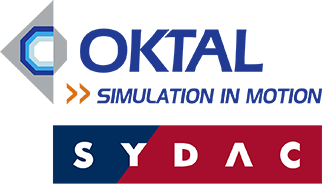
FUI
Period: 2011-2013
Partners: Oktal, ENAC, Toulouse-Blagnac Airpot, CGx Aero
The project SIMCA 2000 aims to improve safety in airport areas by studying the development of new and innovative ways of training and education through Virtual Reality technologies. This project began in July 2011 for a period of two years.
As part of airport informations, numerous vehicles or equipments are required to move or to be moved in airports. These vehicles often operate in environments where they can interfere with aircrafts, sometimes damaging them, and in severe cases, endangering staff or passengers safety. Many actors in the aviation (airline companies, airport operators, manufacturers, suppliers, air navigation services , international agencies, …) are concerned about security issues on airfields.
The SIMCA project aims to reduce these security problems by developing two simulators:
- an airport driving simulator
- a Passenger Boarding Bridge simulator
POTIOC team mainly focuses on the driving Passenger Boarding Bridges simulator. Passenger Boarding Bridges are the means to transfer passengers between the airport and the plane, for departures and arrivals. Today, for the medium-sized airports (Toulouse, Lyon, etc.), there are about 4-5 accidents per week, with an impact estimated at about one million euros per airport per year. The consequences include flight delays and downtime Passenger Boarding Bridges. Beyond the technical and financial consequences, the human consequences can be severe (fall of passengers or staff).
Most accidents could be avoided by improving Passenger Boarding Bridges driver training. The goal of the POTIOC team is to complete the Passenger Boarding Bridges drivers’ training with a realistic virtual environment and technologies such as 3D head tracking or stereoscopic vision, allowing the increase of training sessions, particularly in critical situations.
Current research in computer graphics and digital physic simulations can reach levels of realism very similar to that of real environments. However, it is clear that some interfaces are not suitable for an optimal transfer of knowledge from virtual to real (e.g., use keyboard / mouse and spatial orientation in virtual environments). It therefore seems essential to take into account earlier in the design cycle the issue of choice of interfaces, interactions for learning knowledge in virtual environment, and transfer of knowledge in real situations.
The aim of the POTIOC team is to determine the relevant interfaces and interactions that will optimize the acquisition of gestures and procedures learned in the simulator. More than a simple comparison of interfaces based on performance criteria, our research tends to understand the mechanisms involved in sensorimotor and cognitive situations of immersion and interaction with a 3D environment.
This project is in collaboration with:
- Oktal, specialized in simulation software linked to the Aerospace and Space, Automobile, Railways and Defense.
- ENAC (Ecole Nationale de l’Aviation Civile), providing training in all aviation jobs (controllers, pilots, etc.).
- the Toulouse-Blagnac airport, because of its size, by providing experience in the aviation field, its physical and human infrastructure.
- Air France, airline established in most French airports.
- CGx AERO in SYS, specializing in the field of airport 3D data generation.












